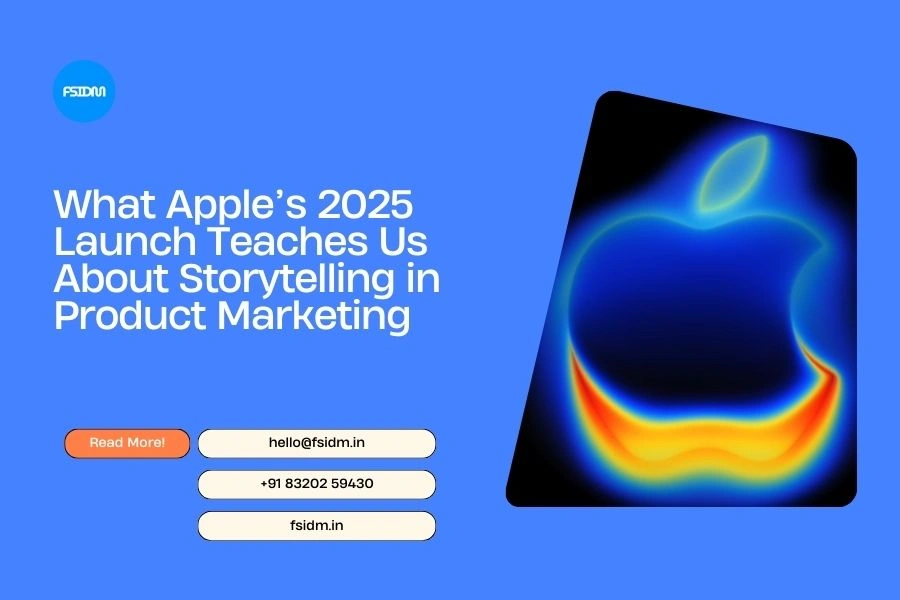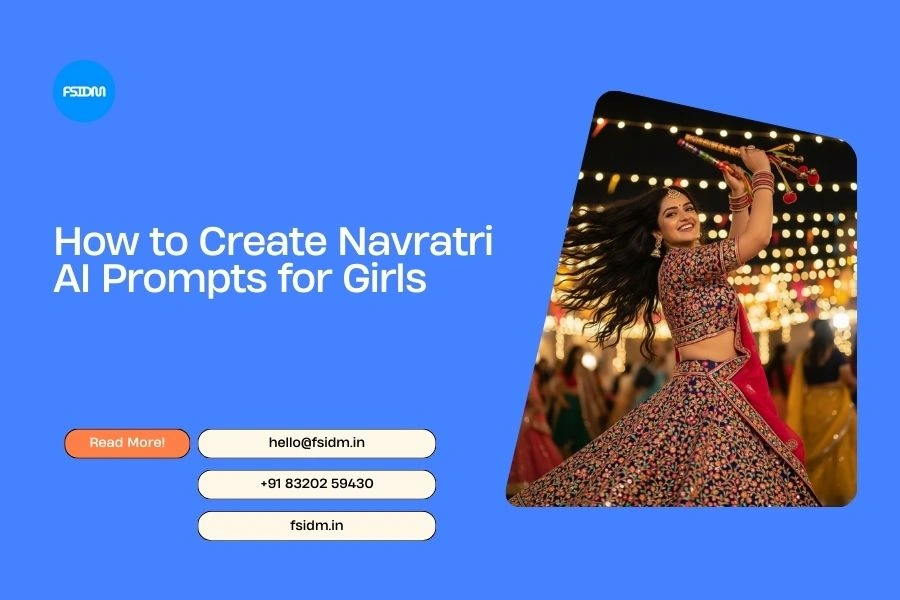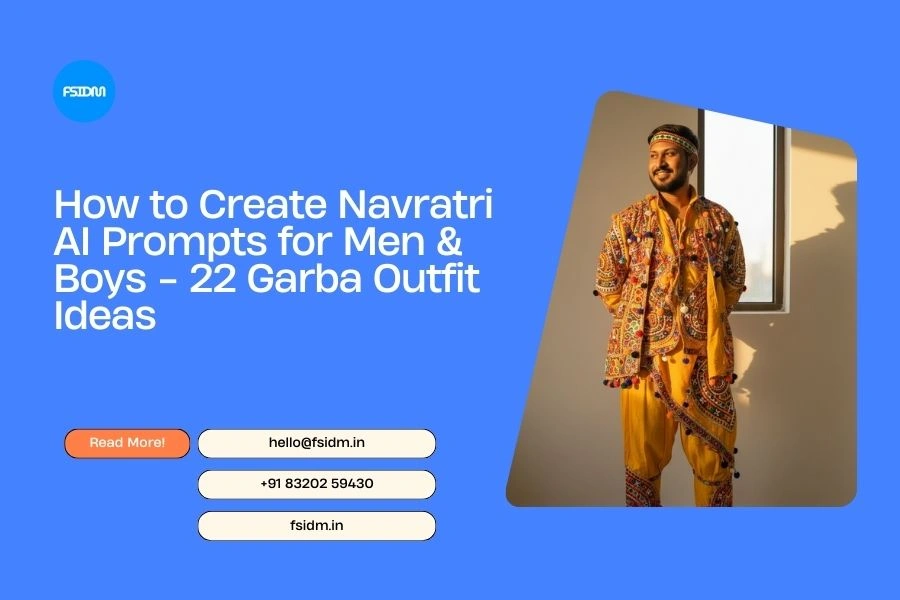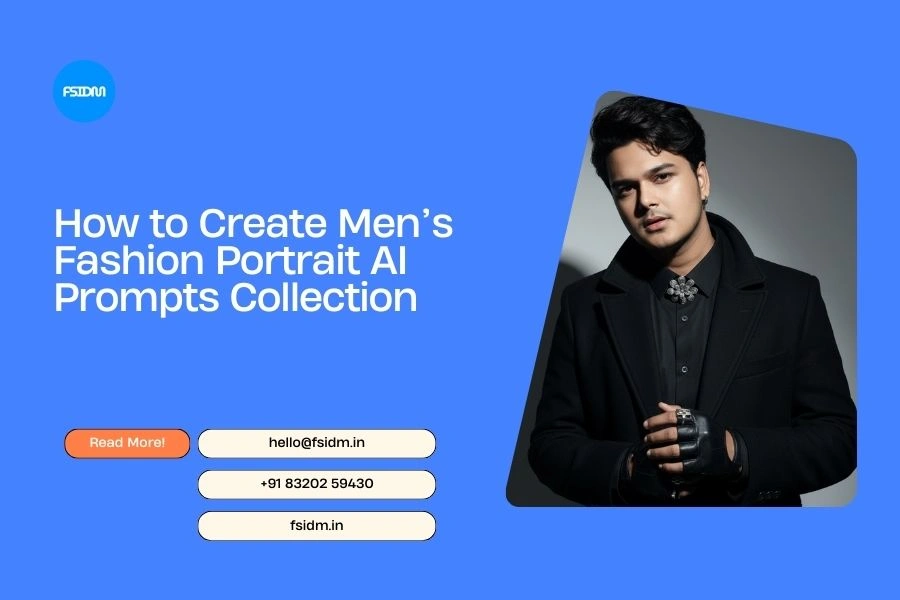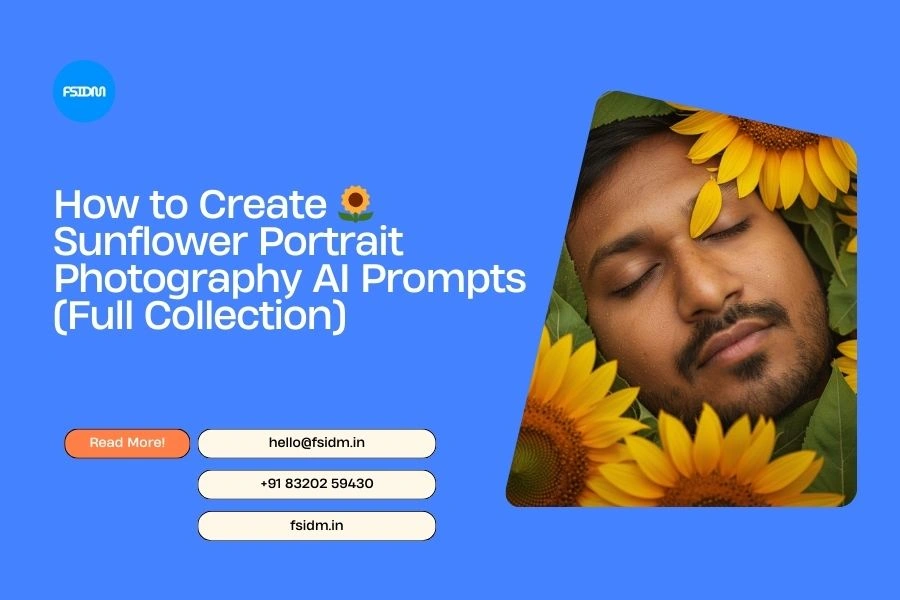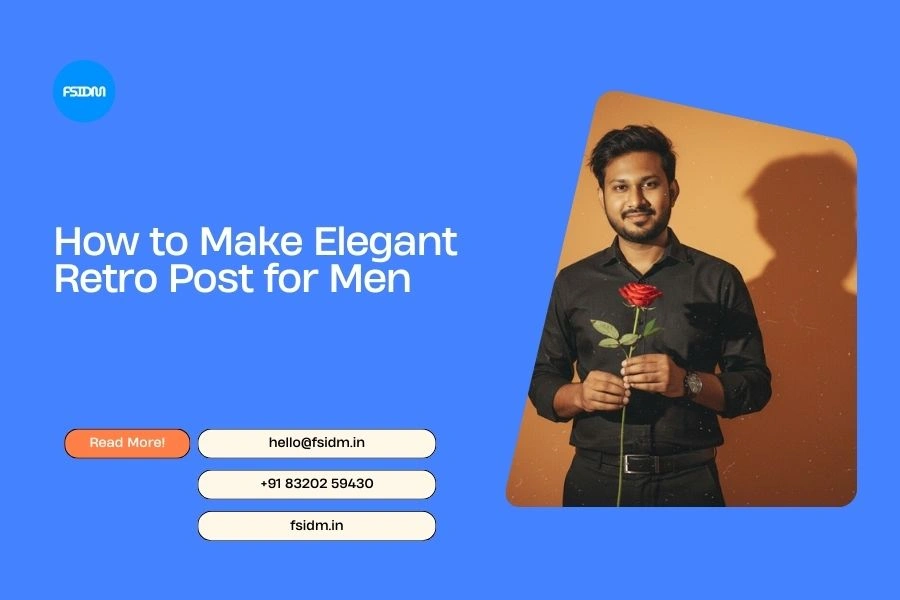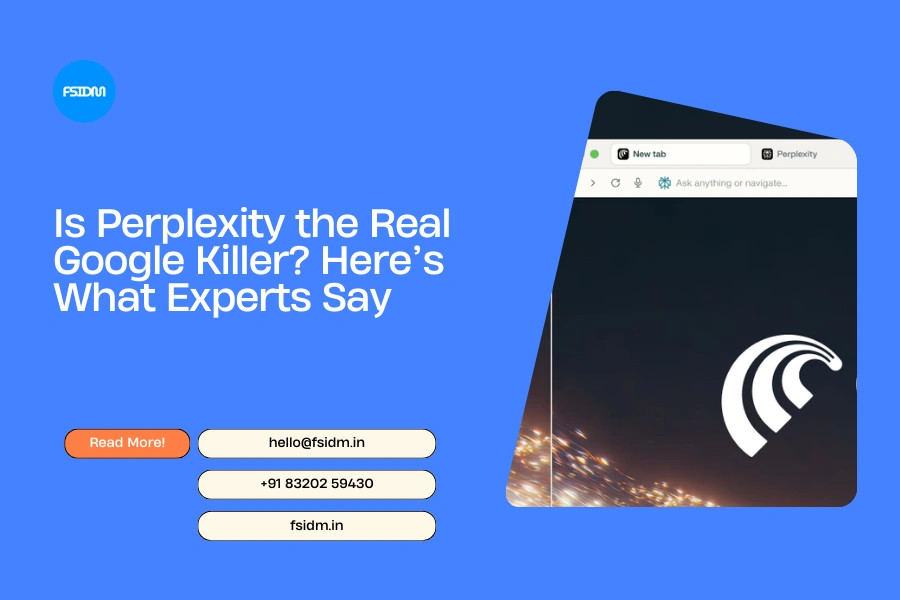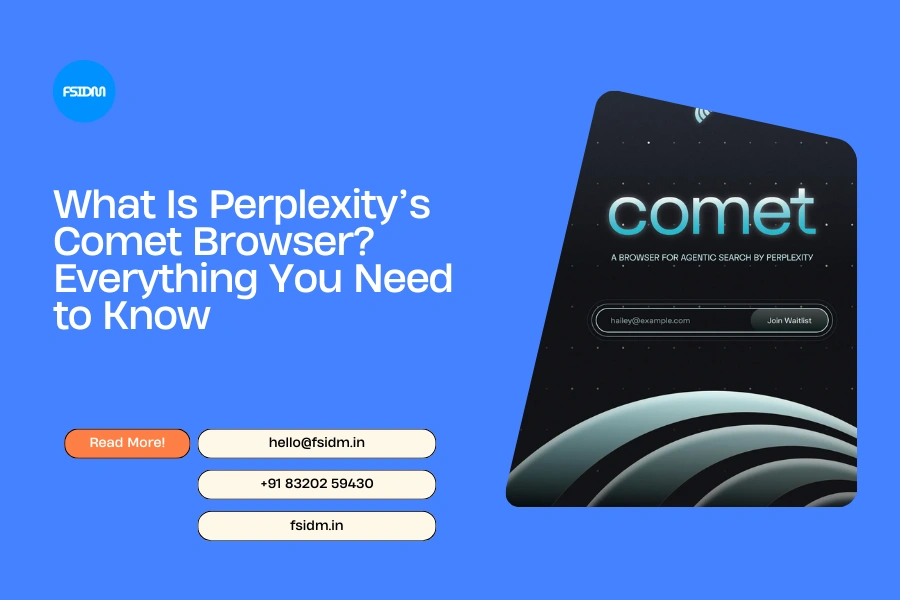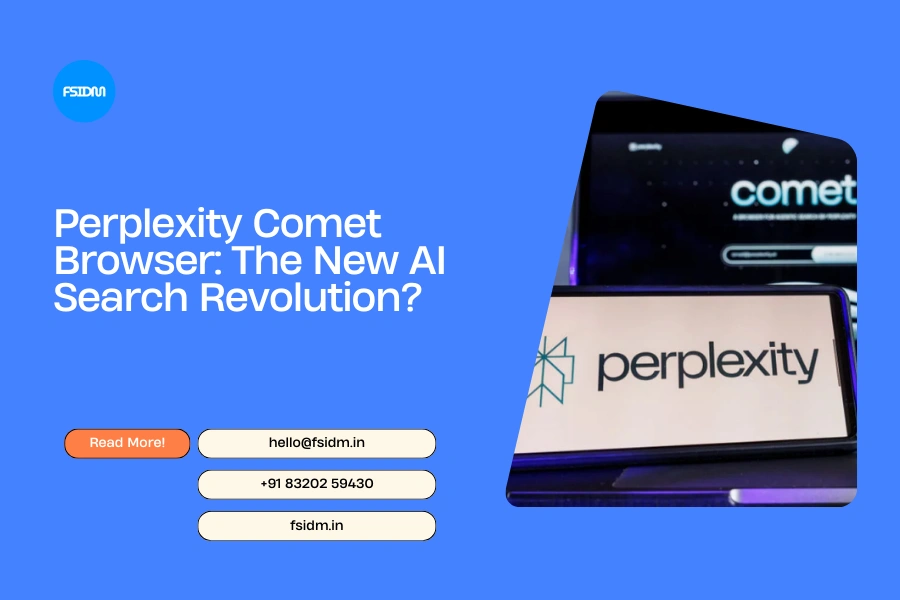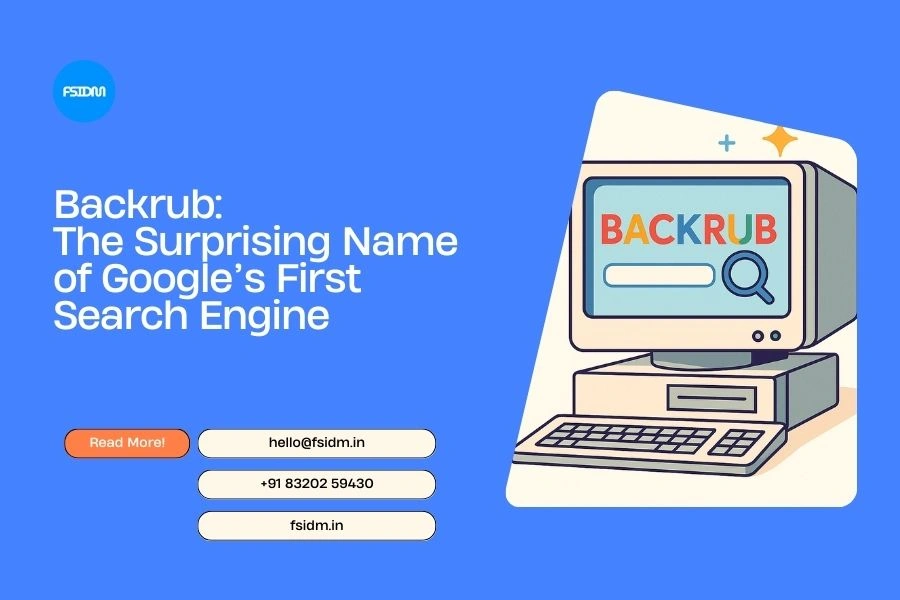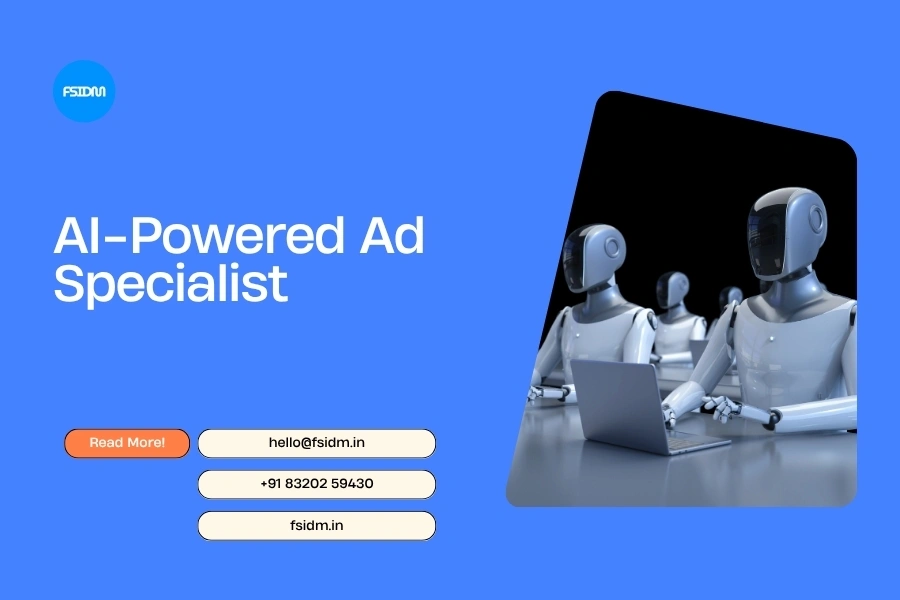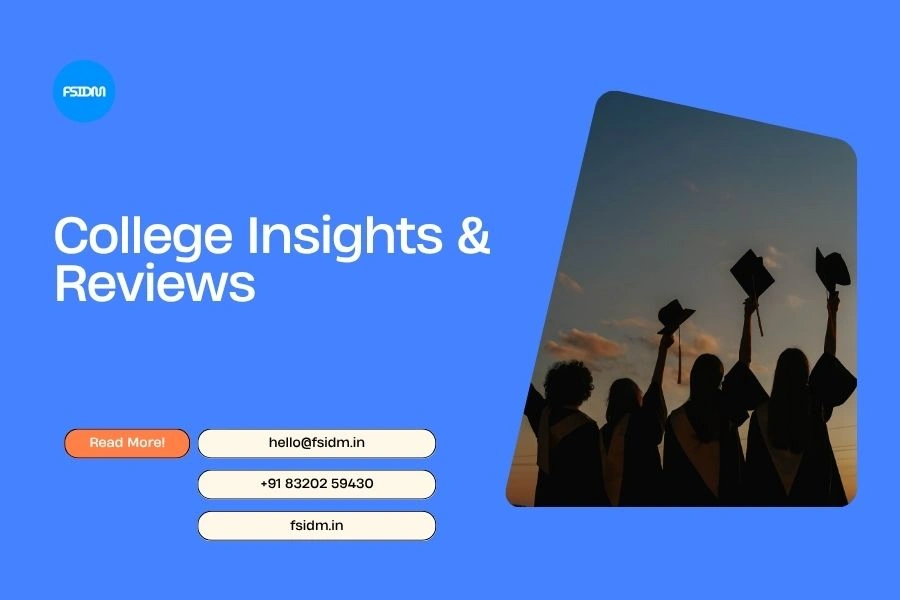Every brand wants to be innovative. But not every brand knows how to make innovation feel human.
At the Apple Event 2025, the tech giant once again proved that the secret to great product marketing isn’t just specs or features. It’s storytelling. From life-saving Apple Watch stories to AirPods that break language barriers, Apple turned technology into narratives of connection, safety, and lifestyle.
Here are the key storytelling lessons marketers can steal from Apple’s latest launch.
1. Lead With Humans, Not Hardware
When introducing the Apple Watch Series 11, Apple didn’t start with 5G or battery life. They started with a collapsed lung saved at 5 a.m., a car crash victim rescued, and a hiker brought home safely.
Specs came later. The stories came first.
👉 Lesson: Don’t lead with “what your product does.” Lead with “what your product changes.”
2. Turn Features Into Experiences
The AirPods Pro 3 launch wasn’t positioned as “better noise cancellation” or “new fitness tracking.” Instead, it was framed as:
- Conversations across languages.
- Motivation in your ear while you work out.
- The confidence to run in the rain without worry.
By making features feel like lived experiences, Apple turned product upgrades into lifestyle upgrades.
👉 Lesson: Translate features into moments your audience can see themselves living.
3. Anchor Innovation in Emotion
The iPhone 17 Pro could have been introduced as a “camera with 8x telephoto and ProRes RAW.” Instead, Apple showed how creators can film Hollywood-level content from their pockets.
The focus wasn’t technical capability — it was creative empowerment.
👉 Lesson: Innovation without emotion is forgettable. Tie new capabilities to aspirations your audience cares about.
4. Keep the Message Simple, Even When the Tech Isn’t
The iPhone AR is a marvel of engineering — titanium frame, Ceramic Shield 2, A19 Pro chip. But Apple didn’t overwhelm users with jargon. The story was simple:
“It’s impossibly thin, yet incredibly powerful.”
In one line, Apple gave people something easy to remember — and repeat.
👉 Lesson: Complexity kills clarity. Your audience should be able to retell your story in a sentence.
5. Make the Future Feel Personal
Apple framed its AI (Apple Intelligence) not as an abstract buzzword but as:
- AirPods translating a foreign language while you travel.
- A Watch alerting you to hidden hypertension.
- An iPhone camera adjusting to your friends joining a selfie.
The future of AI wasn’t presented as technical — it was presented as personal.
👉 Lesson: If your product points to the future, show people how that future fits into their daily lives.
Final Word
Apple’s 2025 launch wasn’t just a showcase of new devices. It was a masterclass in storytelling-driven product marketing.
For marketers, the takeaway is clear:
- Put people before products.
- Frame features as experiences.
- Anchor innovation in emotion.
- Keep it simple.
- Make the future feel personal.
That’s how Apple turns launches into cultural moments. And that’s the kind of storytelling that transforms customers into lifelong fans.

